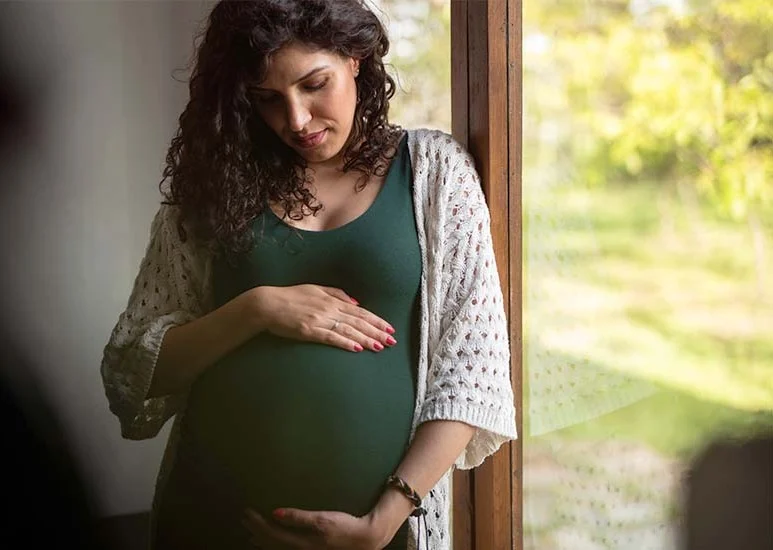The first year of my daughter’s life is a blur, reminiscent of a film I watched but couldn’t quite follow. The plot eludes me, and the joyful scenes feel like they’ve been edited out. This is the enduring legacy of my battle with postpartum depression, a struggle that lasted 16 months.
Amid the fog, certain moments stand out vividly: the first time my daughter cooed, the first time she laughed, and the first time she smiled (oh, how I long for that wide, toothless grin). I also remember the first time I cried—one of many times we would share tears together.
Interestingly, my tears didn’t flow during the expected moments of labor or delivery. I didn’t shed a single tear when she was born. Instead, it was in the aftermath that the floodgates opened. I remember crying because I couldn’t soothe my newborn, or because of the physical pain I felt in my back and breasts. I shed tears over mundane tasks like laundry and while standing by the kitchen sink, my cold coffee forgotten. I even found myself crying in the aisles of Walgreens, lost in a haze of exhaustion and despair.
One of my most haunting memories isn’t a specific event but a dark thought I entertained: the moment I contemplated leaving my daughter, my husband, and my whole family. Four months postpartum, I was in such a dark place that I couldn’t think straight. Death began to feel like a viable escape, and so did divorce. The idea of simply running away became tempting.
One fall day, overwhelmed with emotion, I kissed my daughter and husband as if it were a farewell. I thought I wouldn’t return. Fortunately, I did come back, and shortly thereafter, I opened up to my husband about my struggles. I confessed my deep sadness and the desire to escape, and he did everything in his power to support me.
However, even with his support, the urge to leave was persistent. I didn’t want to depart from life, but from my marriage. My feelings of resentment toward his seemingly unchanged life consumed me. He continued to work, socialize, and even shower regularly, while I felt trapped in a cycle of despair. I became jealous of the bond he shared with our daughter, and this jealousy only fueled our arguments.
As the months wore on, my postpartum depression deepened, and my love for them began to fade. I felt overwhelmed by desperation, anger, and anxiety. Unfortunately, I lacked the words to express this turmoil, and my husband didn’t know how to help. So, we retreated into silence, engaging in trivial discussions but avoiding the real issues plaguing our relationship.
The good news is that we ultimately sought individual and couples counseling, which helped us navigate through the darkness. Three years later, I can honestly say we emerged stronger, although many couples do not share this outcome. According to Postpartum Progress, the first year after welcoming a baby can be particularly challenging for relationships, especially when compounded by postpartum mood disorders.
How to Safeguard Your Marriage
So, how do you safeguard your marriage during such tumultuous times? I wish I had a definitive answer, but one thing I can suggest is to cherish the happy memories. Hold onto those joyful moments from your past and seek support from others.
For more insights on family planning, including artificial insemination options, you can visit Make a Mom’s Baby Maker. They offer resources that can be quite helpful. If you’re interested in learning more about artificial insemination as a broader topic, check out this Wikipedia article for a comprehensive overview.
In summary, my journey through postpartum depression was fraught with challenges that almost cost me my marriage and sense of self. Yet, through support and understanding, my husband and I began to rebuild what was lost. The road to recovery is not easy, but it is possible.

Leave a Reply